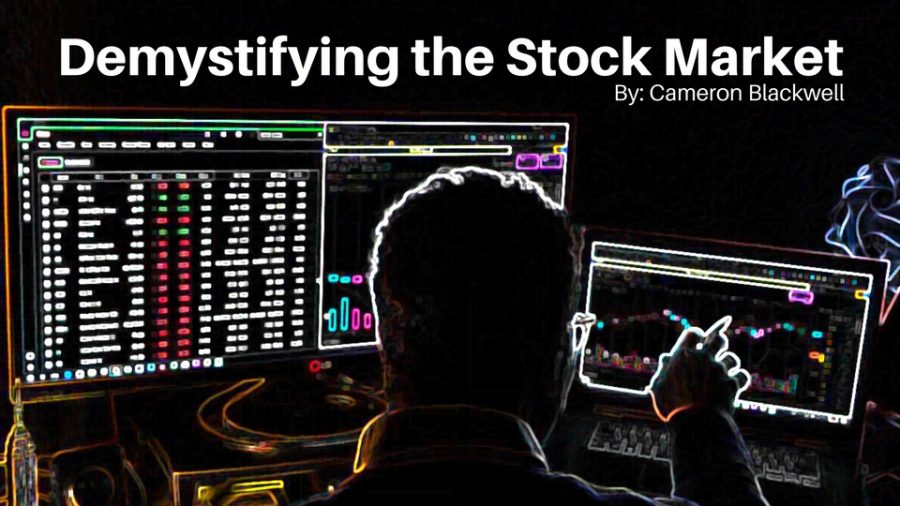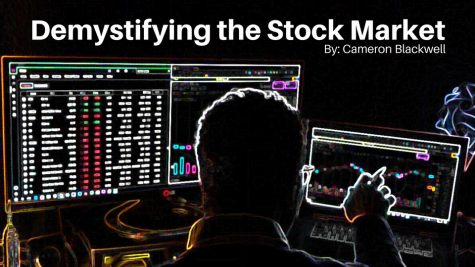Building a Low Risk Investment Portfolio
Continuing on from the basics of the stock market last week, this week I will be expanding upon the concept of diversification.
The essence of the concept boils down to “don’t put all of your eggs in the same basket”, but in this case has to do with putting stocks in an investment portfolio. If one is to put all of their eggs in one basket and they drop the basket, all of the eggs cracks, but if the eggs are dispersed into separate baskets and one basket falls, only one egg cracks and the rest are safe.
Applying this to the stock market, if an investment portfolio has a large range of stocks in it, the likelihood of all stocks taking on major losses is highly unlikely. If only one egg cracks, its not a big concern; if one stock in a portfolio takes major loses, its not a big deal as the portfolio will still have uncracked eggs.
In order to “spread out the eggs”, the portfolio must have a large quantity of stocks. The standard quantity is 20 separate stocks and each initially representing 5% of the portfolio. Obviously as the value of each stock fluctuates it will represent a different amount of the portfolio either more of less than 5% of the portfolio.
Many times portfolio managers will have rules they operate under; a typical rule is if one holding grows beyond x% of the portfolio, sell up to the principle amount and reinvest the earnings in other holdings.
The reason for doing this is to remain diversified enough so that one stock does not end up determining the performance of a portfolio too much as well as locking in some of a portfolio’s profits.
While it can be extremely fun to manage ones investment portfolio on their own, it can be extremely time consuming. There are a couple investment instruments that I referred to last week that can be used to achieve diversification quite easily. One is an ETF (Exchange Traded Fund) and the other is an Index Fund.
An ETF is an aggregation of assets (stocks, bonds, commodities, etc.) pooled together and then divided by the number of shares created. The beauty of an ETF is that it is traded on the stock market just as any other stock would be. There are fees that come with an ETF for the aggregator, but at about 0.40% to cover annual expenses and produce a bit of profit, the diversification that an ETF can withhold far outweighs the small fees charged.
ETFs typically have either a sector focus or follow an index. One of the highest yielding ETF sectors currently is the tech focused ETFs which would be compiled of companies like Apple, Amazon, Microsoft, etc.
A portfolio can simply be diversified by acquiring a couple different types of ETFs. Each ETF typically has a couple hundred holdings and comprises of less than 15% of a portfolio. Taking this into perspective, a portfolio can be considered heavily diversified by comprising of just three ETFs.
It is not safe to just own any three ETFs though. One must consider past performance as well as the volatility of the ETF. Many times an ETF will have either small cap companies or large cap companies. Small cap companies are typically those valued at less than $2B and large cap are companies like Apple or GE valued at tens or hundreds of billions of dollars.
Large cap companies are widely considered less risky or less volatile due to their size, but small caps can yield greater returns due to their small size and bigger upside.
The other consideration is the location of the companies in the ETF. Companies in developed countries like the US or Germany are considered safer and less volatile investments while companies in developing countries or “emerging markets” like Brazil or China are more volatile, but have higher yielding returns do to their growing economies.
So when deciding which ETFs to acquire, it is good to have exposure to a variety of sectors, assets, cap sizes, and market volatilities to maximize diversification and mitigate risk.
The other financial instrument I spoke of earlier, index funds, will be the topic I speak on next week.
DISCLAIMER: Cameron is not a certified financial advisor and all things stated should be considered solely as entertainment and NOT for financial transactions.

Cameron Blackwell is a sophomore in his first year of Publications. He is excited to see his interest journalism evolve in the Publications class. Outside...



